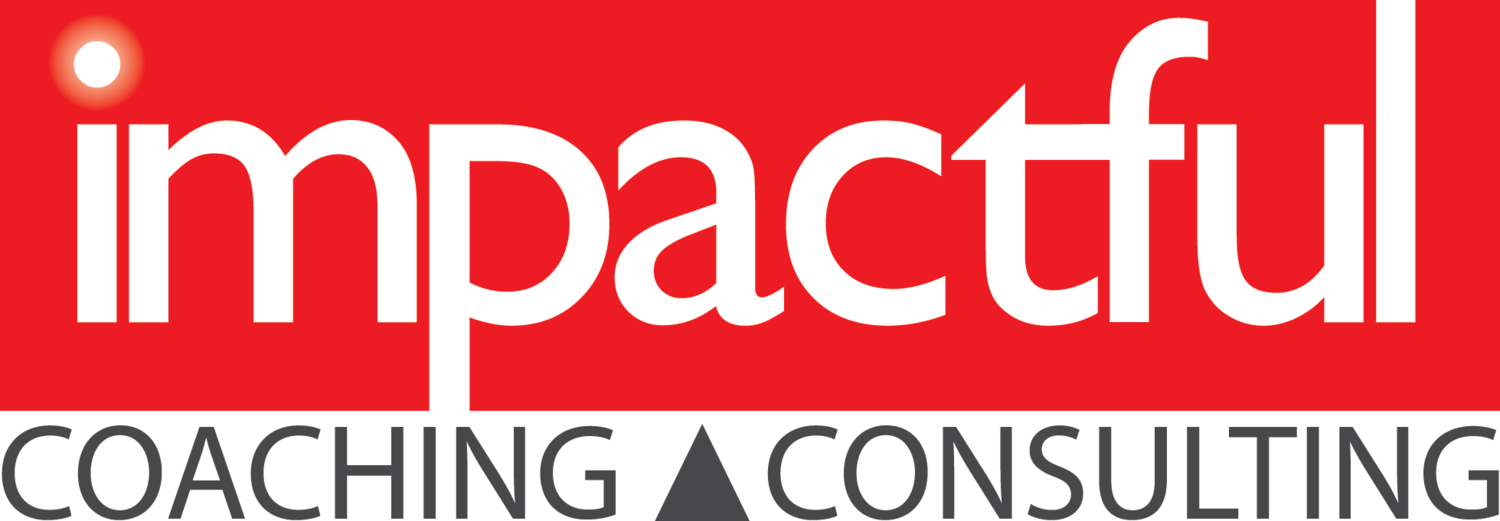Leading Through Change Without Breaking Your Team
When I first stepped into school leadership, I saw myself as a change agent.
In fact, many people expected me to be one.
The board wanted fresh energy.
Parents wanted improvements.
Even some teachers encouraged innovations that would move the school forward.
So, I leaned in.
New programs. New initiatives. New expectations.
I thought this was leadership—spotting what wasn’t working and fixing it, fast.
But what I didn’t fully appreciate was that not everyone was ready.
Some teachers were still acclimating to previous changes. Others didn’t share the same sense of urgency. And I, in my eagerness, pressed the change button more quickly and more often than the organization could absorb.
The result?
Resistance. Fatigue. Confusion.
And good ideas that fizzled not because they were wrong, but because the process of change was mishandled.
This is a common leadership trap:
Thinking that identifying the right change is enough.
It isn’t.
Successful change requires managing the human side with as much care as the strategy itself.
So, how can leaders move quickly when needed—without creating unnecessary disruption?
Here are five principles that make change both effective and sustainable.
1. Understand Your Organization’s Capacity for Change
Every team has a change threshold.
Push beyond it—even with great ideas—and the system pushes back.
Leaders often underestimate:
The weight of existing priorities
Emotional bandwidth
Level of clarity
Current morale
Residual fatigue from past initiatives
Before launching something new, ask:
What else are people carrying right now?
Are there unresolved disappointments or past change failures?
Whose workload will this impact most?
A quick “change capacity scan” can prevent burnout and backlash.
2. Slow Down at the Beginning to Speed Up Later
Ironically, the fastest way to implement change is to start slowly.
Front-load:
Listening
Feedback loops
Informal conversations
Early testing or pilots
Stakeholder alignment
This early investment builds understanding and buy-in.
It also reveals landmines—resistance points, resource gaps, cultural sensitivities—that would otherwise stall progress later.
Think of it as “measuring twice, cutting once.”
3. Involve People Early—Especially Informal Influencers
Every workplace has formal leaders and informal ones:
the respected veteran teacher, the well-connected administrator, the peer everyone trusts.
If these people feel blindsided or skeptical, the whole system slows down.
Bring them into the conversation early:
Share the why
Preview the options
Ask for input
Invite them to shape the plan
People support what they help create.
This isn’t about creating consensus on everything, but ensuring key voices are aligned before a change is announced.
4. Clarify Expectations and Remove Ambiguity
Ambiguity is the enemy of change.
When people hear “new initiative,” many quietly wonder:
What does this mean for me?
Will this make my job harder?
How will success be defined?
What happens if it doesn’t work?
Leaders must provide:
A clear vision of the desired future
The rationale for the change
Practical next steps
Realistic timelines
Support structures
The more predictable the process feels, the more confidence people have in taking the leap.
5. Pace the Change—Even When the Pressure Is High
Sometimes change must be fast.
But fast doesn’t have to mean chaotic.
You can move quickly while still being thoughtful:
Break large changes into stages
Communicate early and often
Provide short-term wins to signal momentum
Protect people’s time and workload
Celebrate progress, not just completion
Fast change works when it is sequenced, supported, and transparent.
The Lesson: Change Isn’t Just a Strategy—it’s a Skill
Looking back on my early leadership days, the issue wasn’t the ideas themselves. Many were valuable.
The misstep was underestimating the human side of change—the emotional, cultural, and practical realities that determine whether an initiative thrives or collapses.
Leaders today are under enormous pressure to adapt to a fast-moving world.
But the goal isn’t to change everything quickly.
It’s to change the right things in ways that bring people along rather than leave them behind.
That’s the real mark of a change leader:
The ability to drive progress without breaking trust, clarity, or culture.
